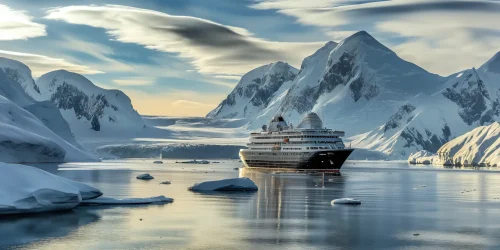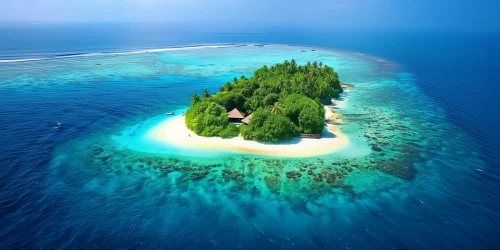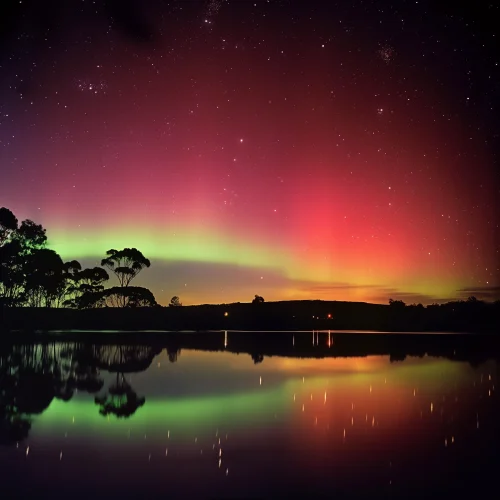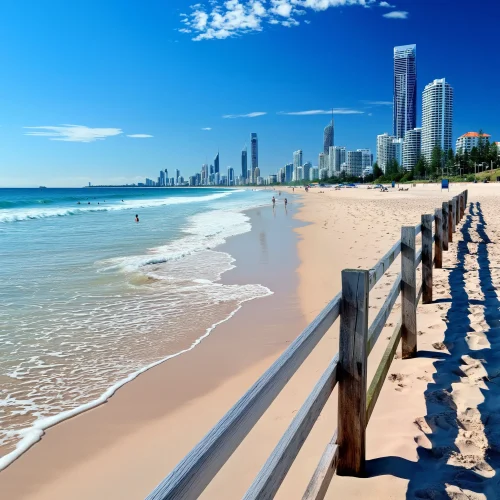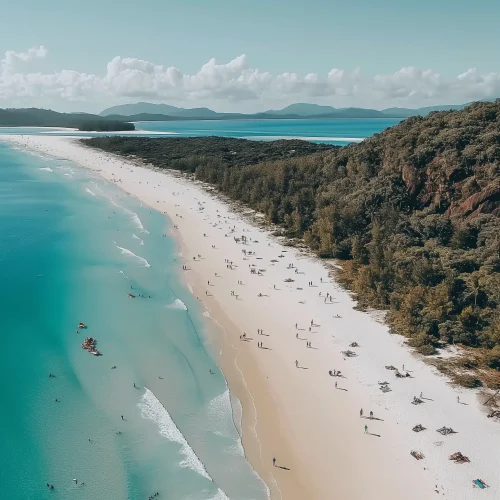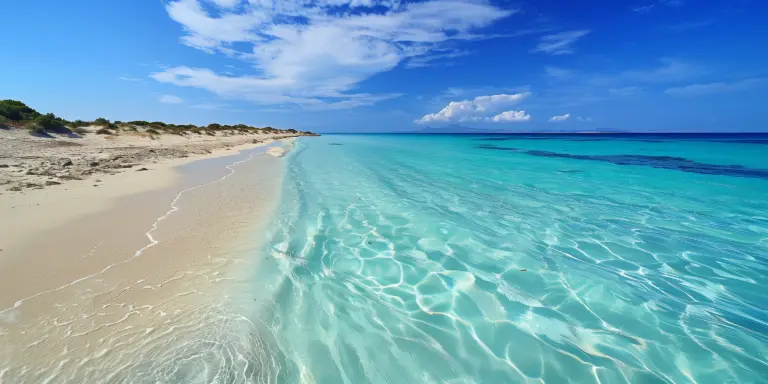Tourism is constantly evolving, continually discovering new frontiers to captivate the adventurous spirit. Among these unique experiences, shipwreck tourism stands out as a niche but growing segment, offering a fascinating blend of history, adventure, and underwater exploration. This guide delves into the allure of shipwreck tourism, showcasing its various forms and highlighting some of the most intriguing destinations worldwide.
The Allure of Shipwrecks
Shipwrecks serve as time capsules, offering glimpses into the past. Each wreck narrates its own story, whether it be a tale of a dramatic naval battle, a merchant ship caught in a storm, or a luxury liner meeting a tragic fate. Exploring these underwater relics allows us to connect with history profoundly, transforming abstract events into tangible experiences.
Beyond their historical significance, shipwrecks often become thriving underwater ecosystems. Marine life flourishes around these structures, creating vibrant, colorful habitats. This combination of historical intrigue and natural beauty makes shipwrecks irresistible to a diverse range of tourists.
Scuba Diving Tours: Immersive Underwater Exploration
For scuba diving enthusiasts, shipwrecks offer some of the most thrilling dive sites. The opportunity to explore the remains of a once-great vessel, now teeming with marine life, is a unique experience that combines adventure, history, and natural beauty. Many coastal regions around the world cater to this form of tourism, providing guided tours to some of the most famous and accessible wrecks.
The Great Barrier Reef is renowned for its stunning coral formations and abundant marine life, but it is also home to several fascinating shipwrecks. The SS Yongala, which sank in 1911 during a cyclone, is one of the most famous wrecks. It lies in the central section of the reef and is considered one of the world’s best dive sites due to its well-preserved structure and the rich marine biodiversity it hosts.
The Caribbean is a treasure trove for shipwreck divers. The warm, clear waters make for excellent visibility, and the region is dotted with numerous wrecks from various historical periods. Notable sites include the RMS Rhone in the British Virgin Islands, which sank during a hurricane in 1867, and the USS Kittiwake in the Cayman Islands, a former submarine rescue vessel deliberately sunk to create an artificial reef.
The Mediterranean offers a mix of ancient and modern wrecks. The Zenobia, a Swedish ferry that sank off the coast of Cyprus in 1980, is a popular dive site. The wreck lies at a depth of 42 meters and is remarkably intact, allowing divers to explore its cargo holds and even the vehicle deck, which still contains trucks and other cargo.
Historic Shipwreck Sites: Where History Meets Adventure
Some shipwrecks are not just dive sites but significant historical landmarks. These sites attract visitors not only for their underwater beauty but also for their historical significance, offering a deeper connection to the past.
Perhaps the most famous shipwreck of all, the RMS Titanic lies at a depth of about 3,800 meters in the North Atlantic Ocean. While recreational diving to the Titanic is not feasible due to its depth, several companies offer submarine tours, providing a once-in-a-lifetime opportunity to witness the iconic wreck up close. These expeditions are costly and require advanced planning, but they offer an unparalleled glimpse into one of history’s most tragic maritime disasters.
The USS Arizona Memorial in Pearl Harbor commemorates the sailors who lost their lives during the Japanese attack on December 7, 1941. The remains of the battleship rest in the harbor, and visitors can tour the memorial to learn about the events of that fateful day. While diving is not permitted, the site offers a poignant reminder of the sacrifices made during World War II.
The SS Thistlegorm was a British merchant navy ship sunk during World War II. It now lies in the Red Sea, near the coast of Egypt, and has become one of the most popular wreck dive sites in the world. The ship’s cargo, including trucks, motorcycles, and wartime supplies, is still visible, providing a fascinating underwater museum for divers.
Artificial Reefs: Shipwrecks with a Purpose
Some shipwrecks are deliberately sunk to create artificial reefs, enhancing marine habitats and offering new attractions for divers. These sites are carefully chosen and prepared to ensure they become beneficial additions to the underwater environment.
The USNS Vandenberg, a former naval vessel, was intentionally sunk off the coast of Key West, Florida, in 2009 to create an artificial reef. The ship lies at a depth of 40 meters and has quickly become a popular dive site, attracting a wide variety of marine life and offering divers an extensive structure to explore.
The HMAS Swan was a Royal Australian Navy destroyer escort, scuttled in 1997 to create an artificial reef near the town of Dunsborough. The wreck lies in relatively shallow waters, making it accessible to divers of various skill levels. Over the years, it has become a vibrant marine habitat, home to numerous fish species and colorful corals.
Submarine Tours: Exploring the Depths Without Getting Wet
For those who are not certified divers or prefer to stay dry, submarine tours offer an excellent alternative. These tours provide a unique perspective on shipwrecks, allowing visitors to view these underwater wonders from the comfort of a pressurized vessel. Submarine tours are available in various locations, making the underwater world accessible to a broader audience.
Several companies in the Caribbean offer submarine tours to shipwrecks and vibrant coral reefs. Locations such as Barbados and Aruba provide thrilling experiences where visitors can observe shipwrecks such as the Antilla, a German freighter sunk during World War II, surrounded by a kaleidoscope of marine life.
In the Mediterranean, submarine tours are gaining popularity, especially around the Greek Islands and the coast of Turkey. These tours offer a unique way to explore the region’s rich maritime history, including ancient shipwrecks and submerged ruins from various civilizations.
Maritime Museums and Exhibits: Connecting with Shipwreck History
For those who prefer to stay on land, maritime museums around the world offer in-depth exhibits on famous shipwrecks. These museums showcase recovered artifacts, interactive displays, and educational programs that provide insights into the history and significance of these underwater relics.
The Titanic Belfast museum is one of the most comprehensive exhibits dedicated to the ill-fated RMS Titanic. Located in the city where the Titanic was built, the museum features nine interactive galleries, allowing visitors to explore the ship’s construction, launch, maiden voyage, and tragic sinking. Artifacts recovered from the wreck, along with detailed recreations and multimedia displays, offer a compelling narrative of the Titanic’s story.
The Vasa Museum in Stockholm is home to the Vasa, a Swedish warship that sank on its maiden voyage in 1628. The ship was salvaged in the 20th century and is remarkably well-preserved, providing a unique window into 17th-century naval architecture and life. The museum offers guided tours, educational exhibits, and a wealth of information about the ship’s construction, sinking, and recovery.
The Mary Rose was a Tudor warship that sank in 1545 during the Battle of the Solent. The ship was raised in 1982, and the Mary Rose Museum in Portsmouth now houses the preserved remains of the vessel along with a vast collection of artifacts recovered from the wreck. The museum provides a fascinating look at life aboard a 16th-century warship and the meticulous process of preserving the ship and its contents.
Adventure Tourism: Expeditions to Remote and Deep-Water Wrecks
For the most adventurous travelers, there are expeditions to remote and deep-water shipwrecks. These expeditions often involve specialized equipment and are usually organized by experienced maritime exploration companies, offering an unparalleled adventure for those willing to venture off the beaten path.
The icy waters of Antarctica hide many shipwrecks, including vessels from early exploratory missions and whaling ships. Expeditions to these remote wrecks are challenging and require careful planning, but they offer a unique opportunity to explore some of the most untouched and pristine underwater environments on the planet.
The North Sea is home to numerous shipwrecks, including vessels from both World Wars. Deep-sea expeditions in this region cater to experienced divers and researchers, offering a chance to explore wrecks that are rarely visited due to their depth and challenging conditions. These expeditions often involve the use of submersibles and remotely operated vehicles (ROVs) to reach the wreck sites.
Conclusion
Shipwreck tourism offers a unique and enriching way to explore the world’s maritime history and underwater wonders. Whether you are a scuba diving enthusiast, a history buff, or simply seeking a new adventure, there is a shipwreck experience waiting for you. From the warm, clear waters of the Caribbean to the icy depths of the North Atlantic, shipwrecks provide a fascinating and diverse range of tourism opportunities. As this niche continues to grow, more travelers will undoubtedly be drawn to the depths, eager to uncover the secrets and stories hidden beneath the waves.

